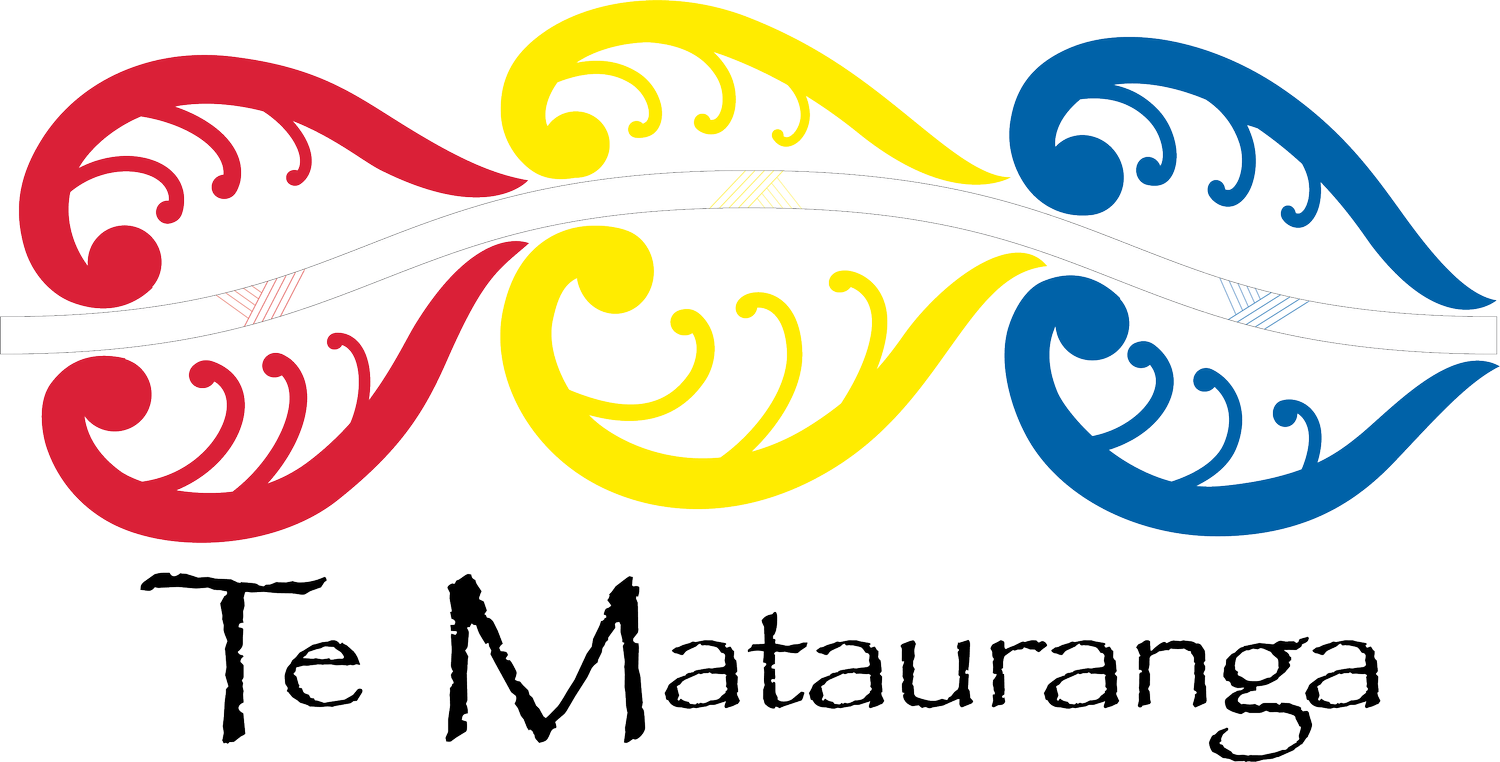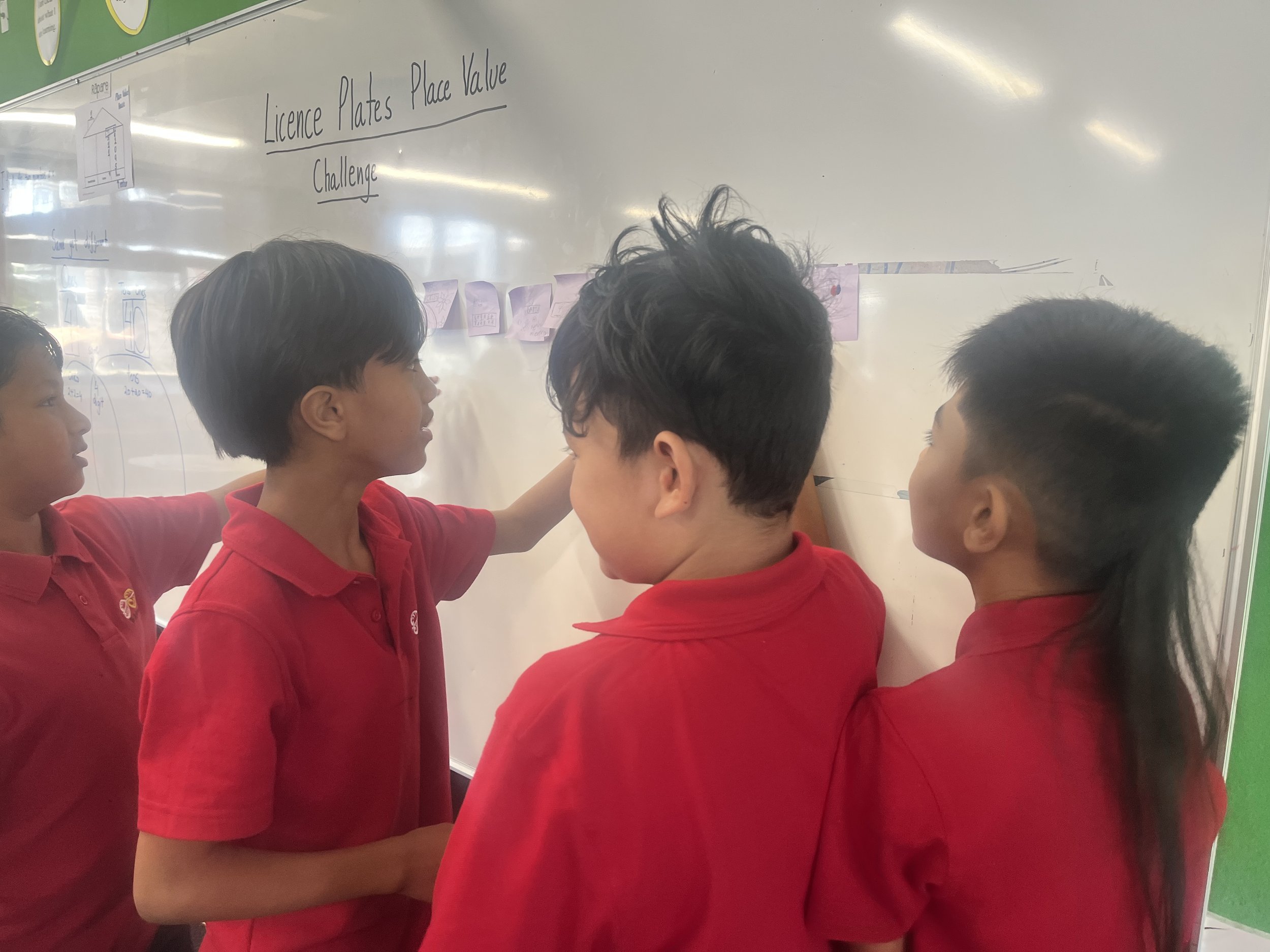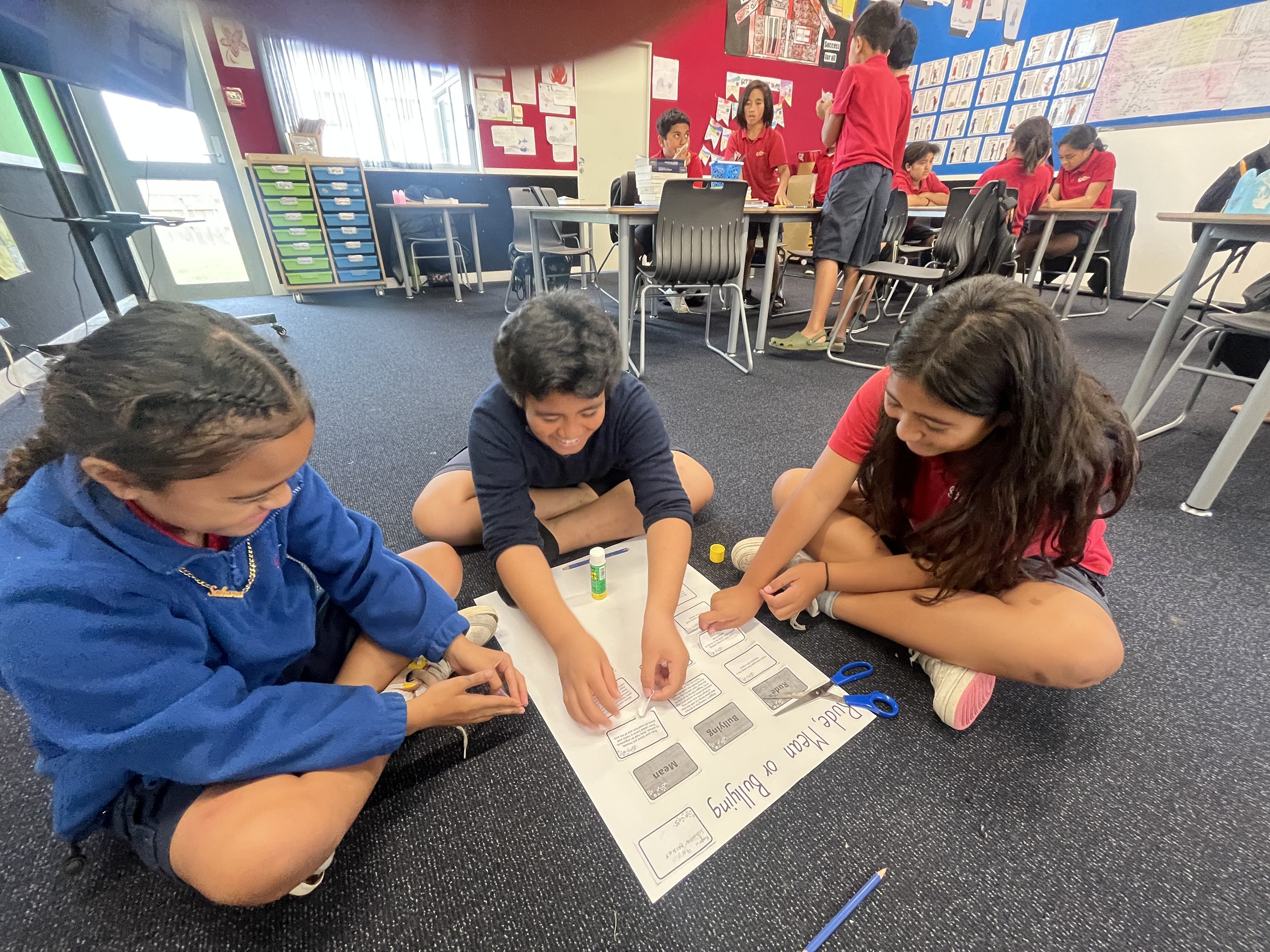
Kia ora Room 20
My name is Whaea Shayala and I am absolutely thrilled to be your teacher this year.
This term I am excited to explore the world of possibilities with you, letting that curiosity flow and take shape into questions.. WHO, WHY, HOW, WHEN, WHAT???
This term let's continue to celebrate curiosity with many thought provoking questions. I am looking forward to an amazing year with you all.
What a great start of the year !!!!
Tamariki in Room 20 enjoyed this fun, engaging place value game - License plates Place Value Challenge!!
Take a peek at how tamariki in Room 20 are using Hoola hoops as a fun and healthy way to be active.
Everyday morning fitness at 9am ensures them to get moving and having a blast !!!
ROOM 20 - SHAPEGONS
Tamariki learnt about polygons and classified them according to their sides, angles. They also Identified, classified, and described the attributes of: regular and irregular polygons, using edges, vertices, and angles.
Tamariki wore pink today as a reminder to be kind, inclusive, and standing up for others!
Together, we can create a school where everyone feels safe and respected.
Speak up, stand together, and stop bullying!"
TERM 2 - Overview
This term our tamariki will be learning more about
Mathematics:
Divide whole numbers by 10 and 100 to make decimals.
Add and subtract whole numbers and decimals to two decimal places (e.g., 32.55 – 21.21 = 11.34).
Round tenths to the nearest whole number.
Form and solve true or false number sentences and open number sentences.
Interpret and create grid maps to plot positions and pathways, using grid references and directional language, including the four main compass points.
Identify, read, write, represent compare, order, and convert tenths and hundredths as fractions and decimals and vice versa.
For fractions with denominators of 2, 3, 4, 5, 6, 8, 10, 12, or 100: compare and order the fractions, identify when two fractions are equivalent.
Convert between mixed numbers and improper fractions with denominators of up to 10
Find a fraction of a whole number, using multiplication and division facts and where the answer is a whole number (e.g., 2/3 of 24)
Identify, from a fractional part of a set, the whole set.
Add and subtract fractions with the same denominators, including to make more than one whole.
Use the PPDAC cycle to conduct investigations involving categorical and discrete numerical data using different representaitons.
Pose questions, plan for data collection, take into account ethical practices in data collection, check for errors and correct them if possible, make statements, and compare situations, improve statements by including data from two or more sources.
Explain and justify their findings to others
Reading and Writing WRITING
(written word production)
spell words with apostrophes to show singular and plural possession, adding a possessive apostrophe after the s if a plural noun ends in s (e.g., the boys' sister)
use less-common homophones correctly, distinguishing between queue, cue; minor, miner; you, ewe
know when to keep the y or change to an i when adding a suffix
READING Language comprehension
identify words with more than one affix (e.g., unhappily) and use my knowledge of prefixes, suffixes, and base words to figure out their meaning.
explain how combining knowledge from other subjects, like science or history, helps me understand tricky words or phrases in a text.
describe the main features of different types of texts, like headings in a report or dialogue in a story.
describe the purpose and features of cultural texts from my own culture
explain how authors use text structures, like problem-solution or sequence, to organize their ideas.
discuss how authors use figurative language, like similes or metaphors, to create effects and meaning in their writing
picture what is happening in a text to help me understand it better.
adjust how fast or slow I read depending on how difficult the text is
summarise the key details in a text and show how they support the main idea or theme.
explain how the main idea connects to the details in the text
use clues in the text and pictures (implicit evidence) to make inferences about what is happening or what the author means.
combine what the text says and what I already know to explain the author’s purpose
READING Critical analysis
find hidden (implicit) perspectives about groups of people in a text by looking for clues in the words, pictures, or layout.
explain how choices like what is included or left out shape how people are portrayed in the text.
explain how the ideas in one text connect to another text I have read or heard.
describe how my cultural knowledge, values, or practices help me understand a text better
acknowledge what others say about a text by agreeing, adding to their ideas, or respectfully sharing a different point of view.
explain how my ideas are similar to or different from someone else’s
WRITING Lang expression
combine sentences orally to create a range of structures, like compound and complex sentences, and explain how they change the meaning.
expand sentences by adding adverbial phrases (e.g., In the afternoon, we played outside).
use commas correctly in simple complex sentences (e.g., Although it was raining, we still played outside) with some support.
use phrases to show logical connections, like for example to add ideas or on the other hand to show differences.
connect ideas in my sentences using phrases like as well as or in contrast.
use metaphors to describe things in a creative way (e.g., The sky was a blanket of stars).
use onomatopoeia to create sound effects in my writing (e.g., buzz, crash, splash).
explain how using metaphors and onomatopoeia helps create vivid images and effects for my audience.
use words and phrases that suit the audience and purpose of my writing.
explain why I chose certain words or phrases to make my writing more effective for the intended audience.
use sensory details (e.g., sight, sound, smell) to describe settings and make my characters more vivid (entertain).
use dialogue to show what characters are saying and feeling, with some support for punctuation (entertain).
write a clear resolution and conclusion that ties up the story’s events (entertain).
develop my topic by including facts and related examples to make my writing more interesting and clear (inform).
use some precise vocabulary that fits the topic (e.g., domain-specific words like habitat or climate when writing about animals- inform).
organise my information into clear paragraphs (inform).
organise my writing into two or more paragraphs, grouping related opinions and reasons (persuade).
support my opinion with facts or examples to make my argument stronger (persuade).
use basic linking words like because or and to connect my opinion with my reasons (persuade).
EMPOWERING TAMARIKI WITH CLARITY !!!!
This sorting activity helped the students in Room 20 to actively share their thoughts and learn the difference between
Rude, Mean and Bullying.
Happy Birthday Xela!!!!
Thankyou for yummy cake and pizza
Skipping champions from Room 20!!!
Do you want to help Room 20 to find these WANTED PLACE VALUE PEOPLE ????


























